- No products in the cart.
Terbinafine-Teva 250mg tab 28 pc
$17.20
Terbinafine-Teva 250mg tab 28 pc
Description
Composition
Active substance:
terbinafine hydrochloride 281.3 mg (equivalent to 250 mg terbinafine);
Excipients:
40.5 mg microcrystalline cellulose; sodium carboxymethylstarch (type A) 36.0 mg; Hypromellose 7.5 mg; silica colloidal 1.2 mg; magnesium stearate 3.5 mg.
Description:
White or almost white biconvex tablets kapsulovidnoy form. On one side of the separation of risk and engraved “T” on both sides of the risks.
Product form:
Tablets of 250 mg.
7 tablets in a blister of PVC and aluminum foil.
As 4 blisters together with instructions for use in a cardboard package.
Contraindications
Hypersensitivity to the drug; or chronic active liver disease, chronic renal failure (creatinine clearance (CC) of less than 50 ml / min), children under 3 years old and weighing 20 kg (for a given dosage form), lactation, pregnancy.
Carefully
Chronic renal failure (creatinine clearance greater than 50 mL / min), alcoholism, depression of bone marrow hematopoiesis, tumors, metabolic disease, limb occlusive vascular disease.
Dosage
250 mg
Indications
– Fungal infections of the scalp (trihofitia, mikrosporiya).
– Fungal diseases of the skin and nail (onychomycosis) due Trychophyton spp. (T. rubrum, T. mentagrophytes, T. verrucosum, T. violaceum), Microsporum spp. (M. canis, M. gypseum) and Epidermophyton floccosum.
– Heavy, common ringworm smooth skin of the trunk and limbs requiring systemic treatment.
– skin candidiasis.
Interaction with other drugs
Dosage adjustment terbinafine while the use of inhibitors and inducers of cytochrome P450 isoenzymes, which may retard and accelerate the clearance of terbinafine is excreted. Cimetidine reduces the rate of terbinafine excretion by 30% and increases the rate of excretion rifampicin terbinafine at 100%.
Studies in vitro and in vivo showed that terbinafine, inhibiting the isozyme CYP2P6, gives metabolism tricyclic antidepressants, selective serotonin reuptake inhibitors (desipramine, fluvoxamine), beta-blockers (metoprolol, propranolol), antiarrhythmics (flecainide, propafenone), monoamine oxidase inhibitors B (selegiline) and antipsychotic agents (chlorpromazine, haloperidol).
Terbinafine not significantly affect the elimination rate tolbutamina, terfinadina, triazolam, oral contraceptives, which are metabolized by other cytochrome P450 isoenzymes (except isoenzyme CYP2P6).
Terbinafine does not influence the rate of excretion of antipyrine and digoxin.
At the same time taking terbinafine and oral contraceptives may develop irregular menstruation.
Terbinafine may enhance the efficacy of caffeine, due to the increase of its concentration in plasma and reduce the clearance rate from the body by 21%.
Terbinafine may reduce the rate of excretion from the body desipramine 82%.
Terbinafine may reduce the effectiveness of cyclosporine, by reducing plasma concentration of 15%.
While the use of warfarin can influence the prothrombin test indicators: blood coagulation time and international normalized ratio.
When combined with ethanol or drugs having gepatoksicheskim action, there is a risk of the drug to liver.
Overdose
Symptoms include nausea, vomiting, headache, dizziness, gastralgia, frequent urination, rash.
Treatment: gastric lavage, followed by activated carbon. If necessary, a symptomatic therapy.
pharmachologic effect
Pharmacological group:
antifungal agent.
Pharmacodynamics:
Terbinafine belongs to the group of allylamines, it has a broad spectrum antifungal activity. At low concentrations it has a fungicidal activity against dermatophytes (Trychophyton rubrum, Trychophyton mentagrophytes, Trychophyton tonsurans, Trychophyton verrucosum, Trychophyton violaceum, Microsporum canis, Epidermophyton floccosum), yeasts, mainly, Candida albicans. Activity against yeast fungi, depending on their type, may be a fungicidal or fungistatic.
Terbinafine gives an early stage of the biosynthesis of the major component of the fungus cell membrane (ergosterol) by inhibiting the enzyme squalene epoxidase.
When oral administration is ineffective in the treatment of pityriasis versicolor, caused by Pityrosporum ovale, Pityrosporum orbiculare (Malassezia furfur).
Pharmacokinetics:
The ingestion absorbed more than 70%. Absolute bioavailability due to the effect of “first pass” is reduced by 40%. After a single oral dose of 250 mg of the time to reach maximum concentration (TCmax) for about 2 hours; maximum concentration (Cmax) – 1 ug / ml. The area under the curve “concentration – time» (AUC) – 4.56 mcg x h / ml, while taking with food AUC increased by 20%. Chronic administration Cmax increased by 25%, AUC – 2.5 times.
The effective half-life (T1 / 2) – about 36 hours, terminal T1 / 2 h 200-400 (points to a long elimination of skin and adipose tissue). Equilibrium concentration (Css) is not dependent on age. The concentration does not depend on sex terbinafine in plasma.
Relationship to plasma proteins – more than 99%. It is rapidly distributed to tissues, penetrates into the dermal layer of skin and nail plate. Penetrates into the secret of the sebaceous glands and accumulates in high concentrations in hair follicles, hair, skin and subcutaneous tissue. Undergoes significant biotransformation, the resulting metabolite do not possess antifungal activity. 70% of the kidneys.
Not accumulates in the body. Age of patients did not affect the pharmacokinetics of terbinafine, but elimination may decrease in lesions of the kidneys or liver, resulting in high concentrations of terbinafine blood.
Excreted in breast milk.
Pregnancy and breast-feeding
Admission terbinafine during pregnancy is contraindicated because of the lack of sufficient information about its safety during pregnancy. Terbinafine is excreted in breast milk, so its purpose is contraindicated during breast-feeding.
Conditions of supply of pharmacies
On prescription.
side effects
The frequency of adverse events classified according to the recommendations
World Health Organization: very often – at least 10%; often – at least 1% but less than 10%; infrequently – at least 0.1% but less than 1%; rarely – at least 0.01% but less than 0.1%; very rarely – less than 0.01%, including isolated cases.
From the digestive system: very often – a feeling of fullness, loss of appetite, indigestion, nausea, abdominal pain, diarrhea; infrequently – disturbances or loss of taste sensation (recovery occurs within several weeks after cessation of treatment), the increase in “liver” transaminase; rare – cholestasis, jaundice, hepatitis; in some cases – lasting taste disorders that lead to failure of food intake and a significant decrease in body weight
liver failure.
From the blood and lymphatic system: very rarely – neutropenia, thrombocytopenia, agranulocytosis, lymphopenia, isolated cases of pancytopenia.
For the skin: very rarely – a psoriasis-like rash, exacerbation of psoriasis, acute generalized pustular rash.
Allergic reactions: very often – rash, hives; very rarely – angioedema, malignant epidermal erythema (StivensaDzhonsona syndrome), anaphylactoid reactions, toxic epidermal necrolysis (Lyell’s syndrome).
On the part of the musculoskeletal system: very often – arthralgia, myalgia.
On the part of the central and peripheral nervous system: often – headache; rarely – paresthesia, gipostezii, dizziness; very rarely – depression, anxiety.
On the part of the organ of hearing and labyrinth disorders: very rare – vertigo.
Other: rarely – malaise, weakness; very rare – systemic lupus erythematosus, including cutaneous form.
special instructions
The irregular application of terbinafine or premature discontinuation of treatment may lead to relapse.
If after 2 weeks of treatment of skin infection is not marked improvement, it is necessary to re-determine the causative agent and its sensitivity to the drug.
Systemic application in onychomycosis is justified only in case of defeat, the majority of the nails, the presence of pronounced subungual hyperkeratosis, inefficiency prior local therapy.
In the treatment of onychomycosis clinical response, laboratory confirmed, usually occurs several months after mycological cure and cessation of treatment course, due to the speed of regrowth of healthy nail. Removing the nail plate in the treatment of onychomycosis of hands for 3 weeks and onychomycosis stop for 6 weeks is required.
In the presence of liver disease terbinafine clearance may be reduced.
During treatment necessary to monitor indicators of the activity of “liver” transaminases in blood serum.
In rare cases, after 3 months of treatment there is cholestasis and hepatitis. When signs of liver dysfunction (weakness, persistent nausea, loss of appetite, excessive abdominal pain, jaundice, dark urine or feces discolored)
drug should be discontinued.
Appointment of terbinafine psoriasis patients requires caution, because In very rare cases, terbinafine can cause exacerbation of psoriasis.
In the treatment of terbinafine should comply with the general rules of hygiene to prevent the possibility of re-infection through underwear and shoes. During the treatment (2 weeks) and at the end it is necessary to produce the antifungal treatment of shoes, socks and stockings.
Effect on the ability to drive mechanisms and
Terbinafine does not influence the ability to drive and operate machinery. However, one should take into account that dizziness may occur during treatment.
Storage conditions
Store at a temperature not higher than 25 degrees.
Keep out of the reach of children.
Dosing and Administration
Inside, after a meal.
adults
250 mg 1 time per day.
Children older than 3 years
When a body weight of from 20 to 40 kg – 125 mg 1 time per day.
When a body weight of over 40 kg – 250 mg 1 time per day.
Older patients a dose adjustment is required.
Patients with chronic renal failure (creatinine clearance greater than 50 mL / min) – 125 mg 1 time per day.
The duration of treatment depends on the indication and the severity of the disease.
Fungal infections of the skin: the duration of treatment with interdigital, plantar or type “socks” localization of infection is 2-6 weeks; in mycosis other areas of the body: lower leg – 2-4 weeks, body – 2-4 weeks; in mycosis caused by fungi of the genus Candida – 2-4 weeks; in mycosis of the scalp – about 4 weeks after infection Microsporum canis – more than 4 weeks.
Onychomycosis: The duration of treatment on average 6-12 weeks. In lesions nails of fingers and toes (except for the big toe), a young age or length of treatment of the patient may be less than 12 weeks. Infection of the big toe is usually sufficient 3-month course of treatment. Some patients who have reduced the rate of growth of nails may require longer treatment.
Information
Appearance may differ from that depicted in the picture. There are contraindications. You need to read the manual or consult with a specialist
Additional information
| Weight | 0.100 kg |
|---|---|
| Manufacturer | TEVA |

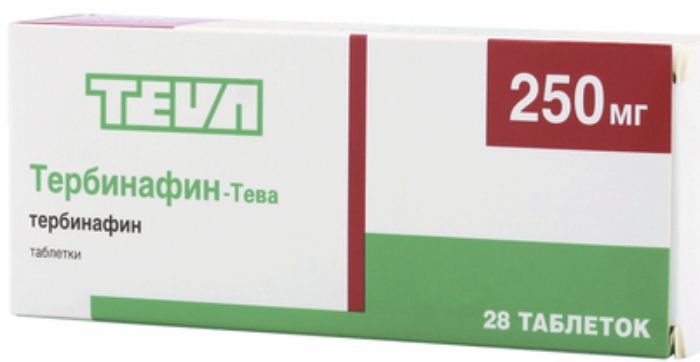
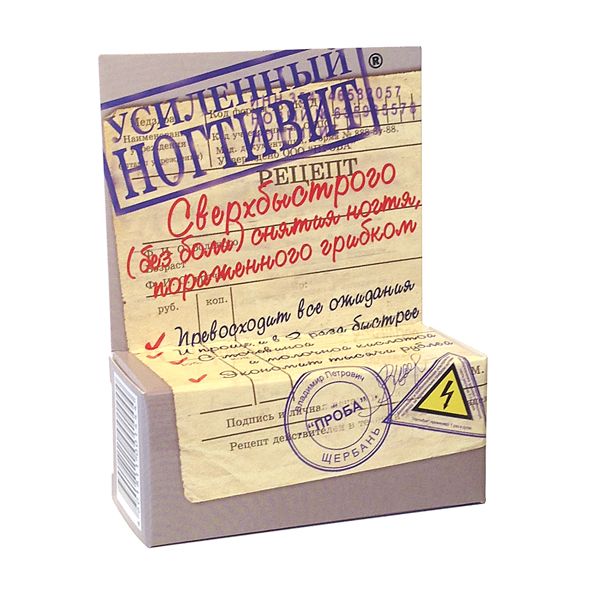
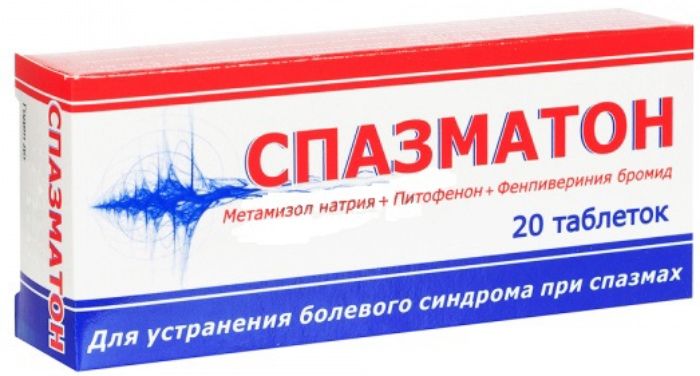
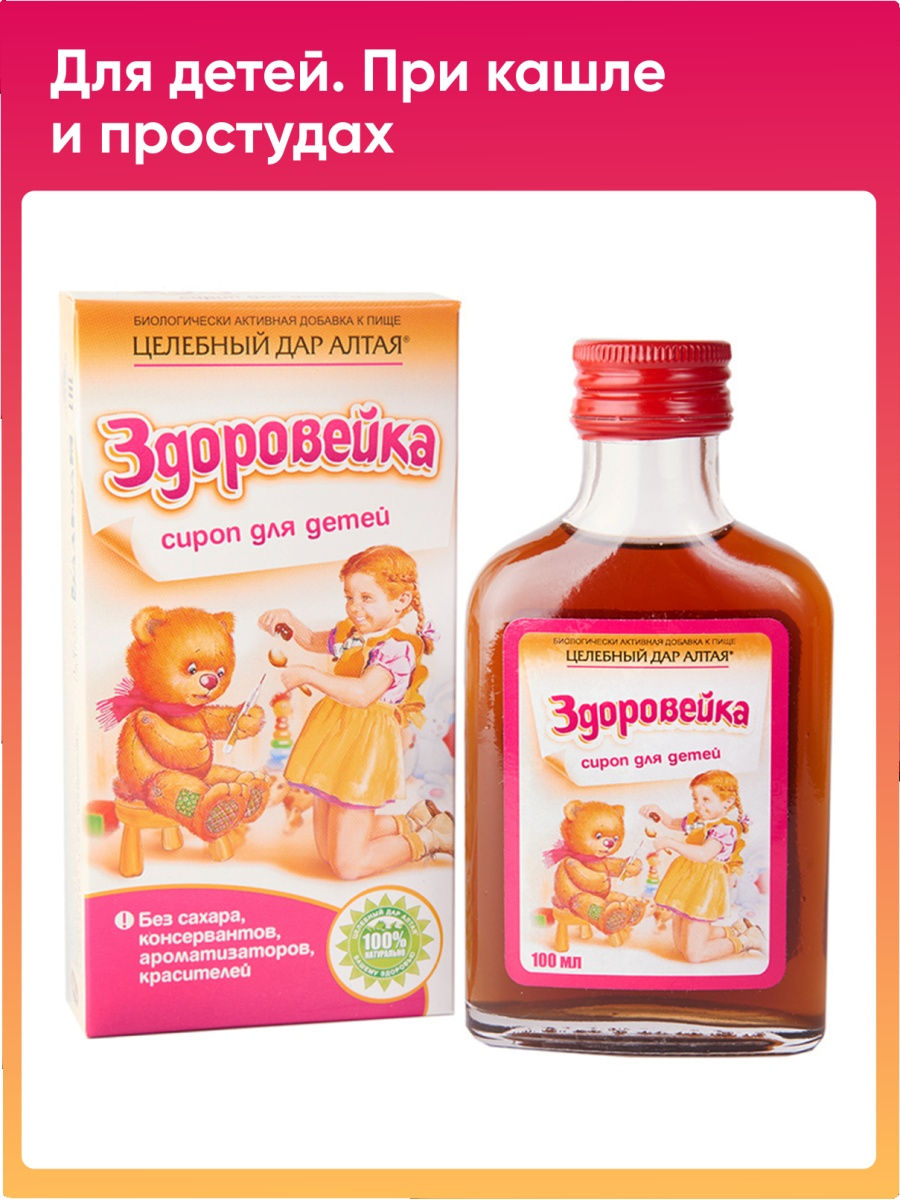
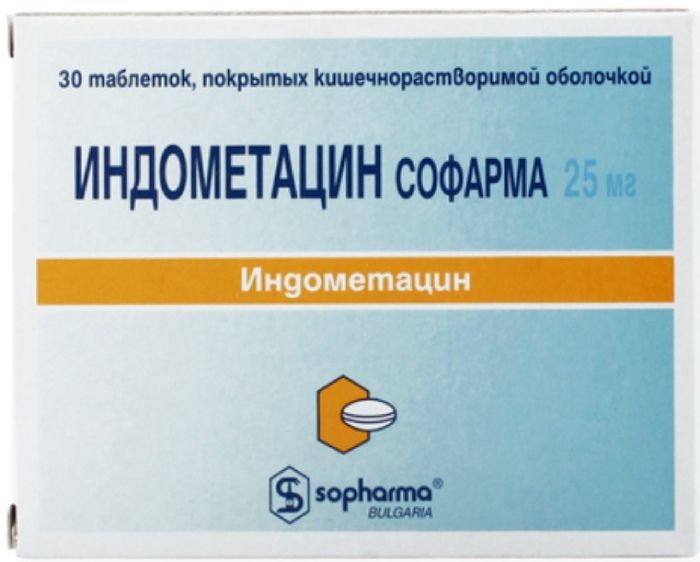
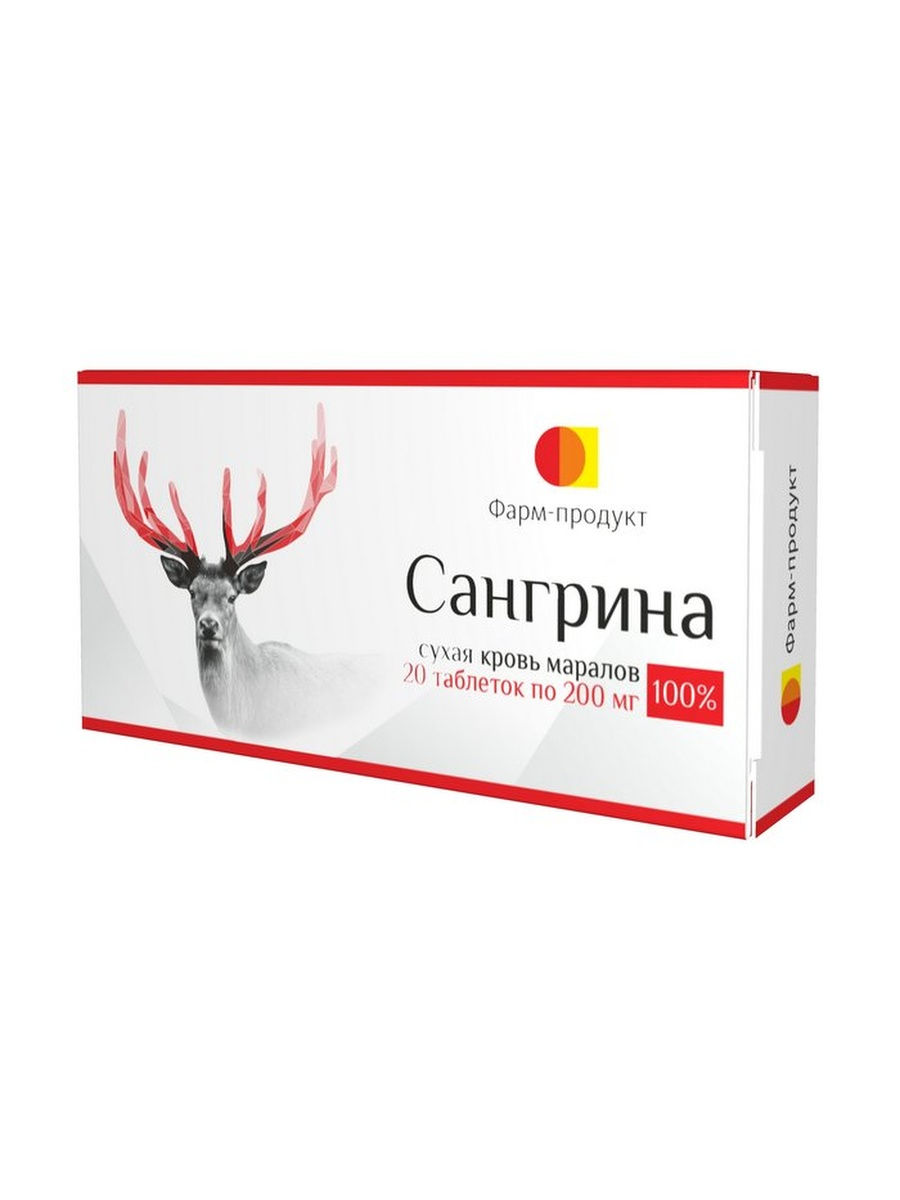

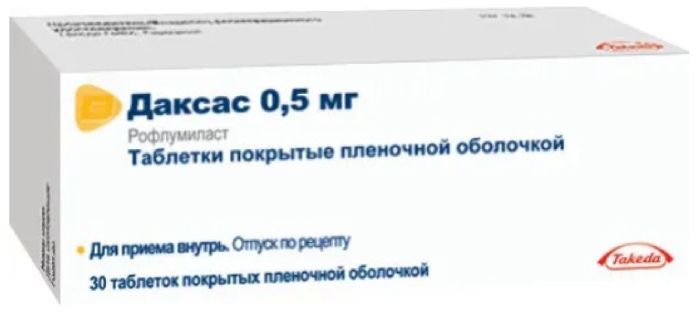
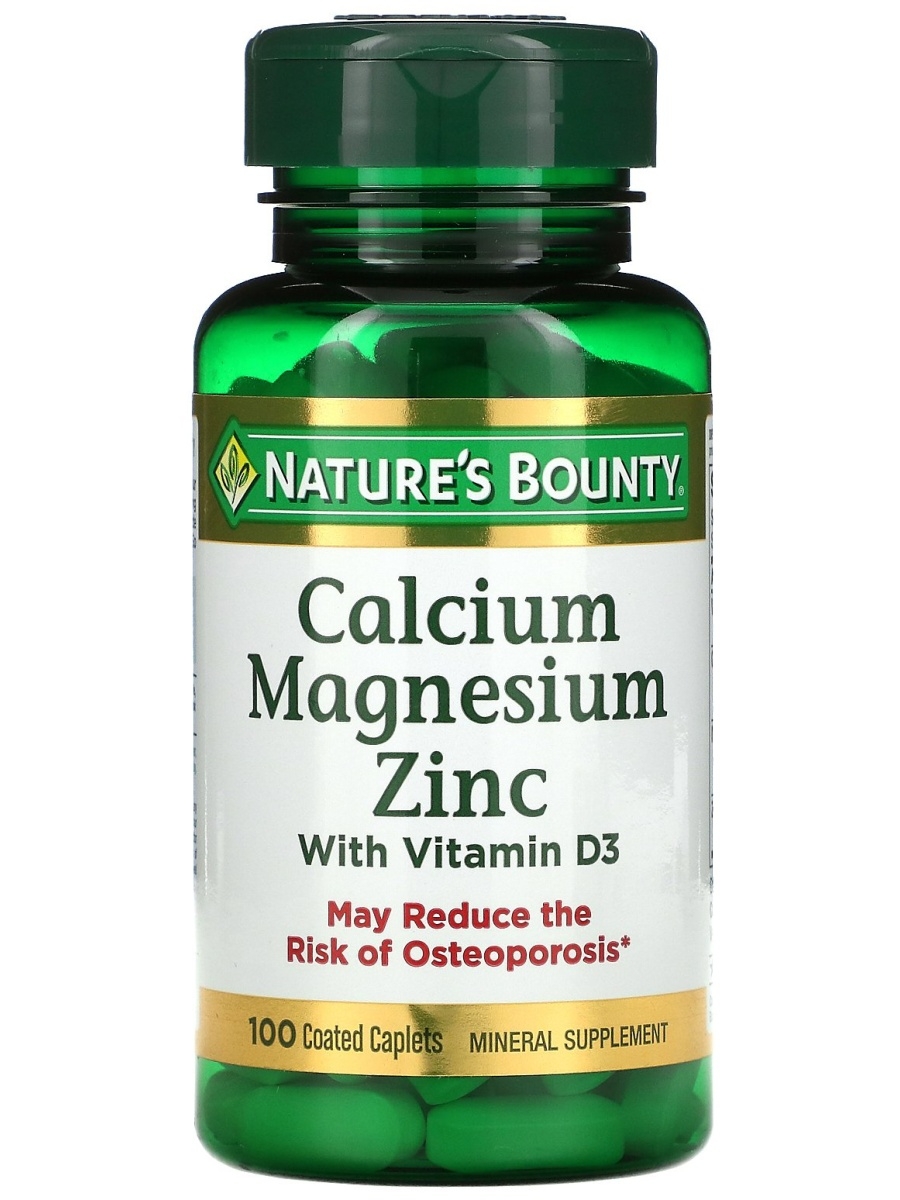




There are no reviews yet.